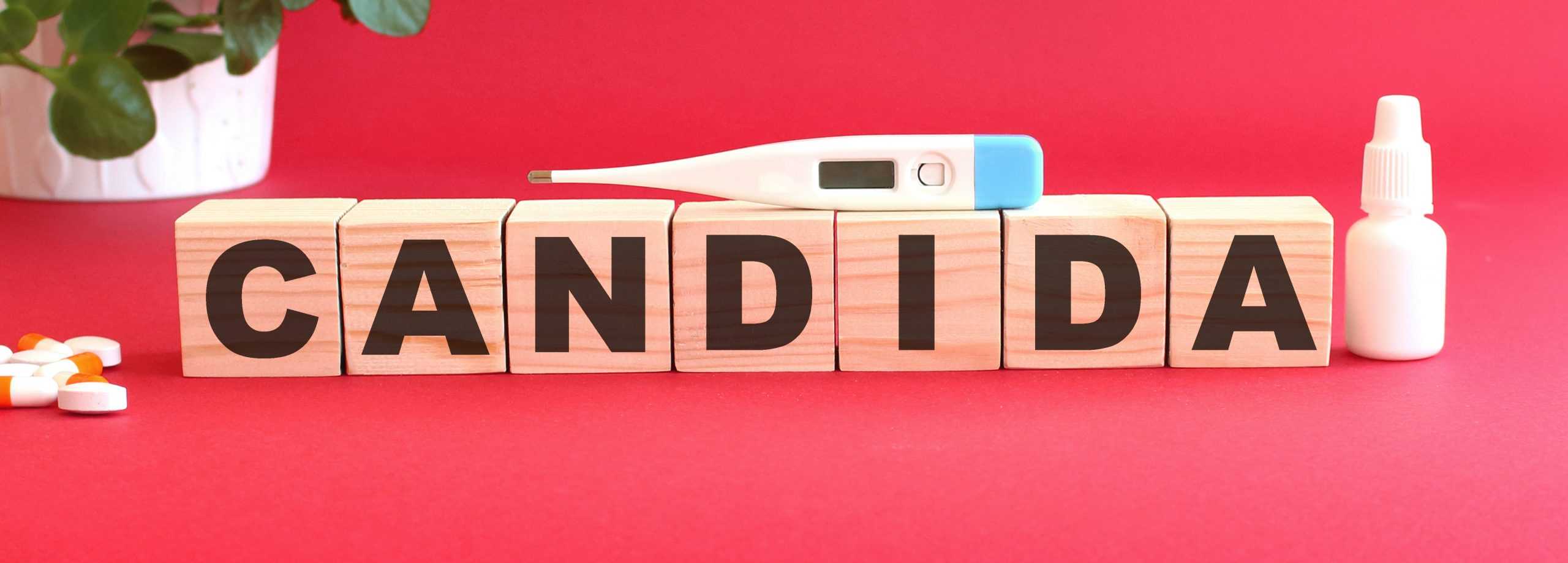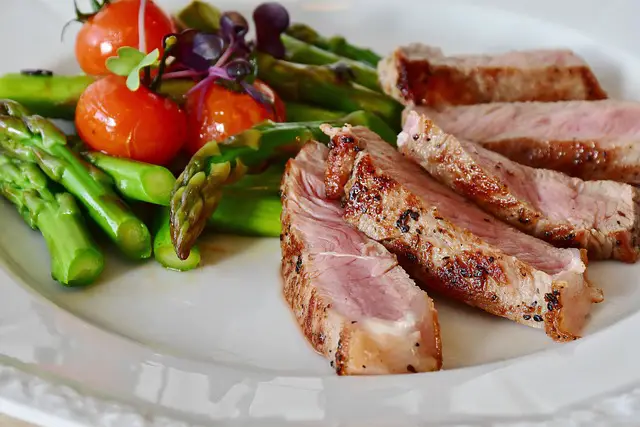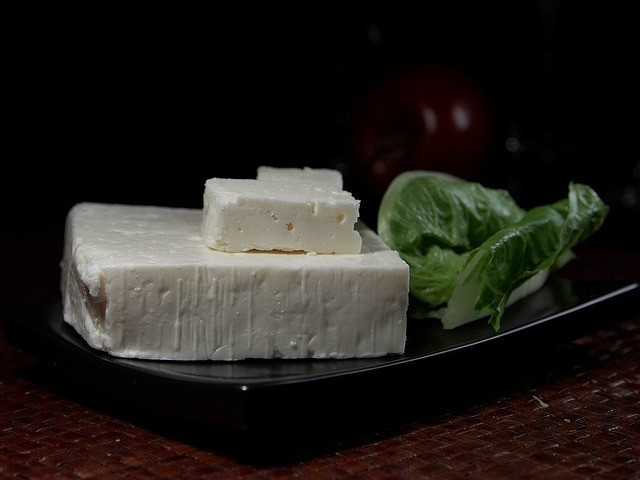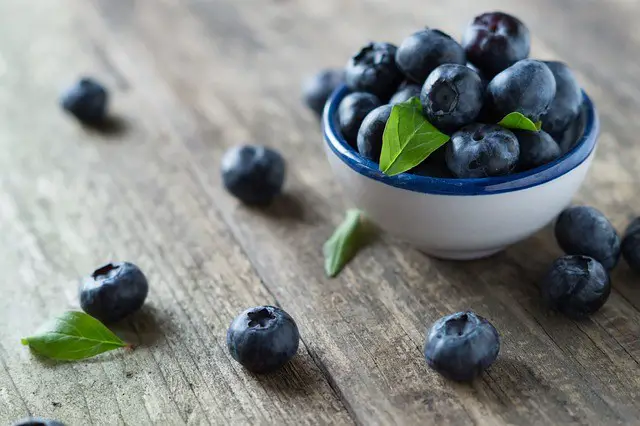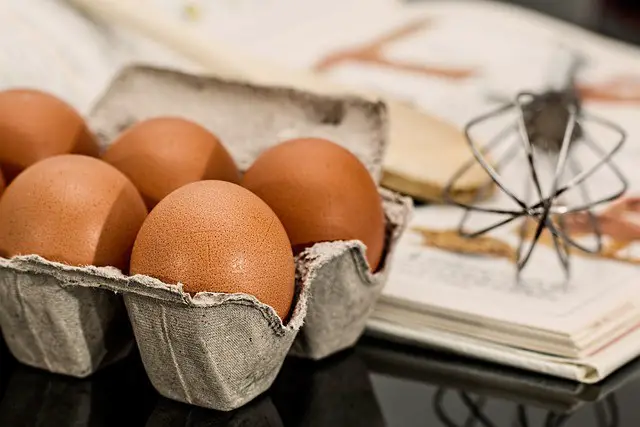Candida [1] is a yeast genus that lives in the human body and on the skin. According to the Centers for Disease Control and Prevention, hundreds of yeast species can cause fungal infections if their numbers develop out of control or if they invade the bloodstream or other organs (CDC). This type of infection is called candidiasis. [2, 3] In this article we will discuss Keto Diet for Candida and how it can affect this infection.
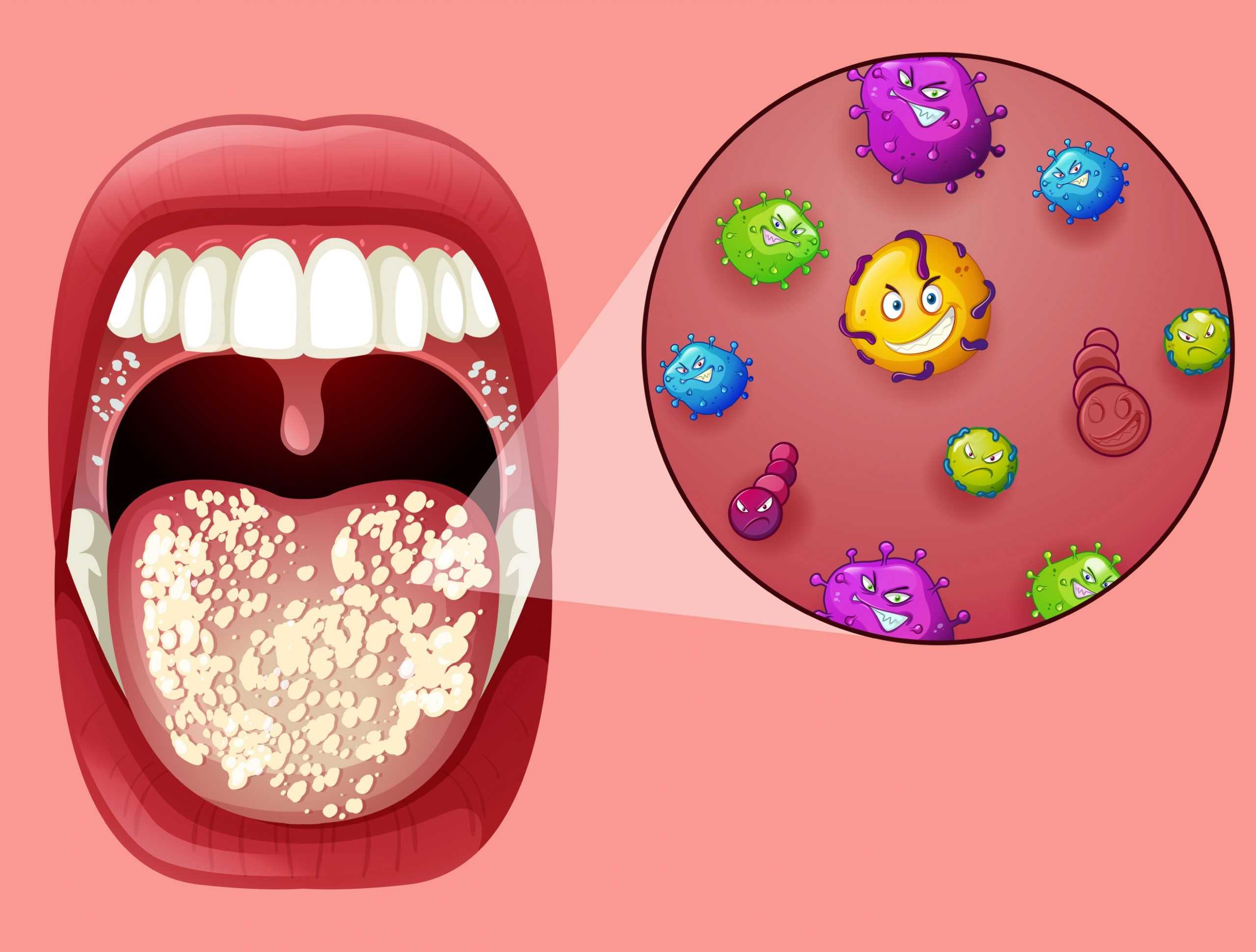
Candidiasis is a yeast infection caused by Candida albicans overgrowth. It’s one of several forms of yeast that live in our bodies and normally don’t cause any problems. However, this strain is susceptible to spreading out of hand. This can occur almost anywhere on the body. When an opportunistic yeast finds the right atmosphere for growth (usually dark, moist, and free of other bacteria), it takes over. Thrush is the term for when this takeover happens in the mouth, which is normal in babies and people with compromised immune systems. It’s a yeast infection if it occurs in the vaginal region (and no one wants that). Candida overgrowth refers to when the yeast is present in such large quantities that it becomes pathogenic. Although overgrowth (or a yeast imbalance in the body) may trigger the conditions described (thrush, vaginal yeast infection), some experts see overgrowth (or a yeast imbalance in the body) as the source of a variety of health symptoms that can be alleviated with dietary changes.
Sugar Cravings
These tiny yeasts have the potential to influence what you want to eat. Carbs and sugar are their favourite foods! As a consequence, when they get out of hand, they push you to eat more amounts of carbohydrates and sugar to keep them fed. They are extremely powerful! Candida overgrowth can make you feel out of control when it comes to sugar cravings. While many of the symptoms of candidiasis are not life-threatening, untreated candidiasis can lead to serious infection and even death in people who have immune problems.

Regardless, some of these signs and symptoms may be irritating or embarrassing. If any of these apply to you, you’ll most likely want to find a solution. Keto and candida diets also encourage a significant reduction in sugar consumption. Of course, refined sugars are included, but so are high-carb fruits and vegetables. Mangoes, yams, watermelon, beets, and carrots are commonly avoided in both diets.
Why is everyone obsessed about limiting sugar intake?
Sugar is difficult to give up for a number of reasons: it’s tasty, but it also activates opioid receptors in your brain, causing your neural rewards system to fire up. In other words, despite the unpleasant side effects of excessive sugar intake, such as headaches, energy crashes, and even hormonal imbalances, sugar makes you feel good emotionally.
Candida overgrowth and the Ketogenic Diet or low carb: All You Need to Know
People who are predisposed to candida infections have been reported to experience breakouts while in ketosis. This happens because the fungus prefers sugar to ketones. According to research, spices and supplements designed to prevent candida growth should be included in your diet. A keto diet isn’t acceptable in a number of cases. Candida overgrowth is one of these possibilities. [4]
Candida yeast, for example, adores sugar. They can’t get enough of it. Sugar is their preferred food. [5, 6] And they just can’t seem to get enough of it. You will limit the amount of sugar available to candida by minimizing your carbohydrate intake. Bear in mind that carbs are broken down into glucose/sugar. You stomp out the resources required by candida species to overgrow and cause undesirable symptoms by reducing sugar availability.
When you reduce or remove sugar from your diet, fat storage decreases gradually, and you lose weight. This, however, takes time, with the symptoms normally occurring after one to two weeks. If you want to lose weight quickly and effectively by eliminating sugar from your diet, though, you’ll need to consume more protein and stick to a daily workout regimen that involves both cardio and weight training.
What is the Candida Diet?
The candida diet is being marketed as a treatment alternative. Sugar, gluten, alcohol, some dairy products, and unhealthy ingredients are all prohibited, whereas low-sugar fruits, non-starchy crops, and gluten-free foods are encouraged. However, as discussed below, the majority of these dietary restrictions are not backed up by empirical evidence:
Gluten is not included in the diet due to concerns that it can damage the lining of your intestines. Gluten, on the other hand, does not tend to cause damage to the intestines of people who do not have gluten intolerance (celiac disease).
In people with compromised immune systems, consuming a lot of sugar can make candida infections worse. While a high-carb diet may raise candida counts in some people, there is no evidence that it increases the risk of infection. Some dairy products are also forbidden in the diet. Lactose (milk sugar) has the ability to encourage candida growth by increasing mouth acidity, but this has yet to be proved.
Artificial products, foods with high mold content, preservatives, and pesticides are also prohibited. Mold, preservatives, and pesticides, on the other hand, have not been related to an increased risk of candida infections. To encourage safe lifestyle habits and avoid dietary cheating, alcohol and caffeine are discouraged. Overall, this diet is intended to reduce inflammation while also incorporating wholesome foods that may help your gut and reduce candida risk over time. Despite this, no studies have been performed to show the diet’s efficacy.
Candida vs. Ketogenic Diet or Low Carb Diet
The keto diet differs from most other diets in that it changes the fuel source your body uses for energy. Non-keto diets depend on glucose to keep the body running. Ketones are used to fuel the body on keto diets. The keto diet differs from the candida diet in that it uses ketones as an energy source.
Intuitively, you’d assume that the fewer grams of carbohydrates/glucose you consume, the safer your diet would be for candida overgrowth. Ketones are a source of energy for Candida species. This means that the keto diet can aggravate your candida overgrowth! But, it would be temporary and you can easily get rid of it.
It is a eukaryote or a multicellular organism. That is to say, it has mitochondria inside its cell nucleus, just like anyone else. Prokaryotes, on the other hand, are bacteria. Mitochondria are not found in bacteria. This is a crucial distinction to make between yeast and bacteria species. Glucose or ketones will power your mitochondria. The same can be said for yeast organisms. When you use ketones instead of glucose, your mitochondria are more effective at producing ATP (energy). The same can be said for yeast species such as candida (not fully confirmed yet). If this is the case, a keto diet could potentially worsen your candida overgrowth. However, hypotheses are not the same as functional implementations. Let’s see what happens if you bring this idea into motion!

You can use keto diet for candida in the following situations as well, a ketogenic diet may be used to treat candida overgrowth: You have diabetes or hypoglycemia, which is a blood sugar imbalance. You are afflicted with an autoimmune disorder. You’re experiencing chronic fatigue syndrome or adrenal fatigue.
When your blood sugar is not managed and there is an excess of sugar in the tissues throughout your body, it creates the ideal environment for candida to thrive and spread.
Diabetes The presence of candida overgrowth is regularly connected to diabetes, and women who have diabetes are more prone to experience recurring vaginal yeast infections. Patients with increased blood sugar (as is frequently found in diabetes) are also more vulnerable to candida overgrowth.
How to Get Rid of Candida on the Ketogenic Diet or low carb diet
Coconut Oil
Lauric acid is around half of the coconut oil. As a result, it is one of the most abundant dietary sources of this product, which is rarely present in high concentrations in foods. In test tubes, lauric acid tends to be very effective against Candida yeasts. As a consequence, it can have comparable effects. One of the key components of coconut oil, lauric acid, will aid in the fight against Candida infections.
Human studies, however, are required to confirm these findings.
[7]
It is a fat that is keto-friendly. Since it is all fat, it will help you meet your increased fat needs without adding any types of carbohydrates to your diet. Saturated fats are also found in coconut oil, the majority of which are medium-chain triglycerides (MCTs), a form of fat that is shown to assist in burning fat and provide beneficial effects.
Garlic
Garlic is another plant food that has antifungal properties. This is due, in part, to allicin, a substance produced when fresh garlic is crushed or weakened (When administered to mice in large doses, allicin tends to combat Candida yeasts at a slightly less effective level than the antifungal drug fluconazole (Test-tube research also indicates that garlic extract will reduce yeasts’ ability to bind to the cells lining your mouth). Keep in mind that using raw garlic in sensitive areas such as your mouth can be hazardous and result in severe chemical burns (garlic contains allicin, which battles Candida). It is still unclear if garlic intake affects yeast infections.
Conclusion
If you think you have a yeast infection, ask your doctor for antifungal treatment. If you have a lot of these diseases, eating a healthy diet or taking supplements like probiotics won’t be enough. However, they can be beneficial as a preventive measure or in combination with care. Consider integrating your routine with meditation or stress management. In your body, there are around 150 distinct candida species. If they overgrow, 15 of them can cause illness. A weak immune system and usage of broad-spectrum antibiotics are two reasons that may lead to a candida infection. How It Is Supposed to Work Despite the fact that numerous studies have looked into the risk factors for candida overgrowth, treatment plans are uneven and understudied. The candida diet is touted as a potential treatment option for candida yeast overgrowth.

